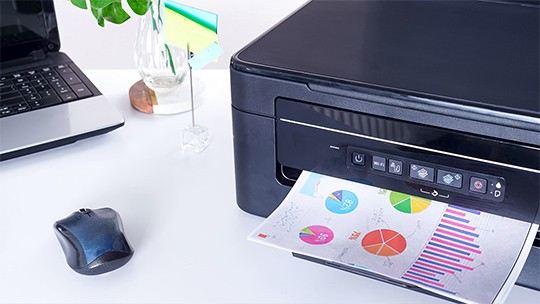The advent of pyrometers and thermal cameras has revolutionized the glass industry. These tools enable glass manufacturers to precisely measure temperature while providing a real-time view of the heated material during production. In this article, you’ll learn why these tools are essential for improving quality control and efficiency in the manufacturing process.
Introduction: What are Pyrometers & Thermal Cameras?
Pyrometers and thermal cameras are revolutionizing the glass industry by providing a way to measure and monitor temperatures in real-time. This allows for greater control over the manufacturing process, improving quality and efficiency.
Pyrometers are devices that measure the temperature of an object by sensing its infrared radiation. Thermal cameras are similar, but they create an image of the object’s heat signature. This allows for more accurate measurements and the ability to see hot spots and areas of potential problems.
Both pyrometers and thermal cameras have wide applications in the glass industry. They can monitor furnace temperatures, ensure product quality, and troubleshoot problems. In addition, they can be used in research and development to optimize new glass formulations.
The use of pyrometers and thermal cameras is becoming increasingly widespread in the glass industry as more companies recognize their benefits. These tools are helping to improve quality and efficiency while reducing costs.
Uses of Pyrometers & Thermal Cameras in the Glass Industry
The glass industry is ancient and uses different furnaces for a long time. The temperature inside the furnace has to be monitored constantly to maintain the quality of the glass. The traditional way of tracking the temperature was to use mercury pyrometers. But, mercury pyrometers have some drawbacks, like they need to be more accurate and recalibrated often.
Technological advances have developed new types of pyrometers and thermal cameras, which are much more accurate and don’t need to be recalibrated as often. These new devices have helped the glass industry in many ways. For example, they have helped reduce energy consumption and increase production efficiency.
Benefits of Using Pyrometers & Thermal Cameras
Using pyrometers and thermal cameras to measure the temperature of molten glass has revolutionized the glass industry. By accurately tracking and controlling the glass’s temperature, manufacturers can produce a higher-quality product with fewer defects. In addition, using pyrometers and thermal cameras can help save energy and reduce emissions by allowing manufacturers to operate at lower temperatures.
How Pyrometers & Thermal Cameras Help Improve Quality Control and Efficiency
Pyrometers and thermal cameras are revolutionizing the glass industry by providing quality control and efficiency that was never before possible. By measuring the temperature of the glass as it is being produced, these devices can ensure that the product meets specifications and is of the highest quality. Additionally, they can monitor the production process, ensuring it runs smoothly and efficiently. This level of insight and control is essential for any modern manufacturing operation, and pyrometers and thermal cameras are invaluable tools.
Common Problems That Can be Solved with Pyrometers & Thermal Cameras
Several problems can be solved with pyrometers and thermal cameras in the glass industry. One common problem is detecting hot spots in furnaces. Operators can quickly identify hot spots and adjust the stove using a thermal camera. This can help improve efficiency and prevent potential accidents.
Another common problem is reducing energy consumption. By monitoring the glass temperature during production, operators can adjust the process to minimize energy consumption. This can lead to significant cost savings for glass manufacturers.
Finally, pyrometers and thermal cameras can also monitor the quality of glass products. Manufacturers can ensure that their products meet customer expectations by checking for defects during production.
Conclusion
Pyrometers and thermal cameras have revolutionized the glass industry, allowing manufacturers to quickly and accurately monitor changes in temperature during production. They also allow researchers to study heat transfer effects to improve their products. Manufacturers can produce safer products for consumers by using pyrometers or thermal cameras while reducing waste. This technology has undoubtedly made it easier for the glass industry to stay competitive globally.


















































































































































































